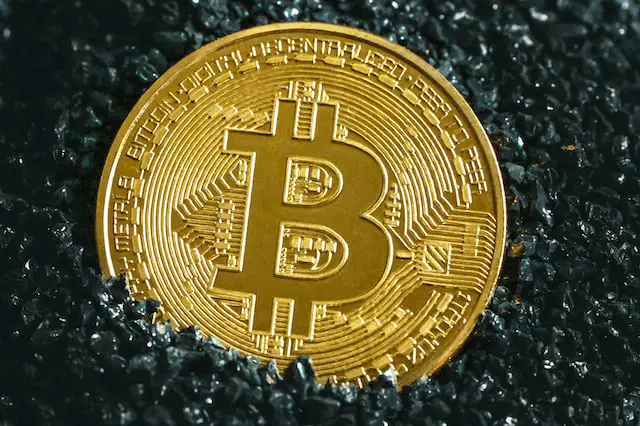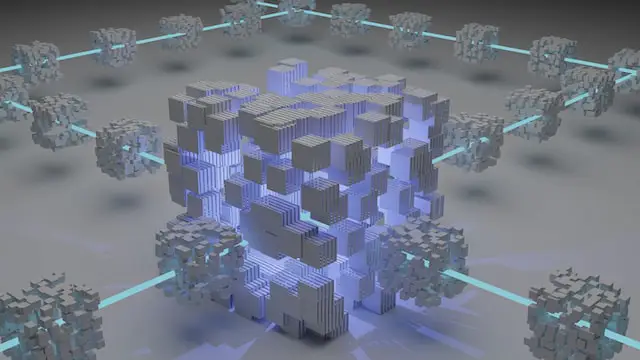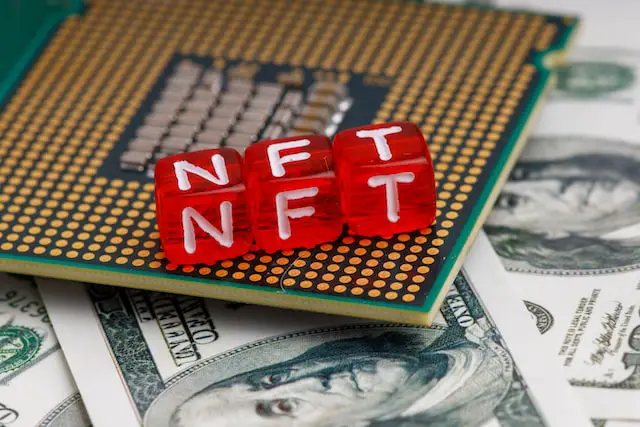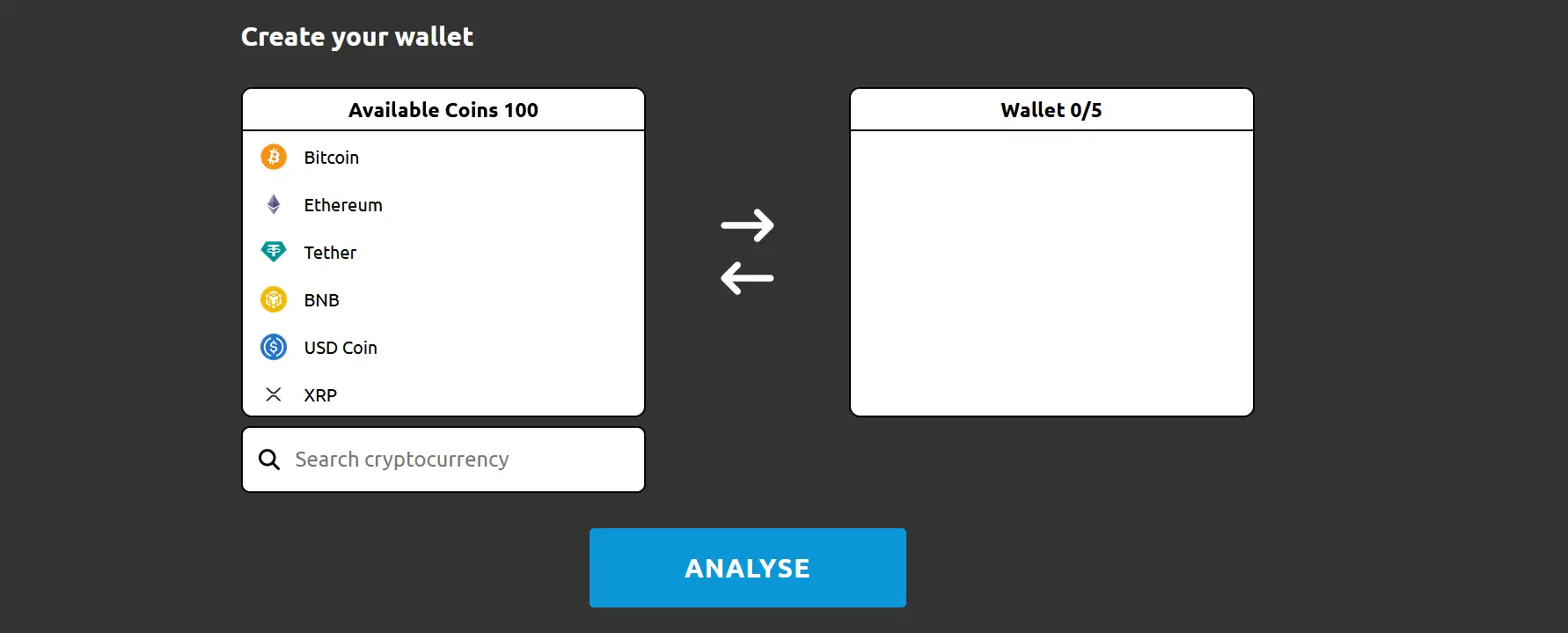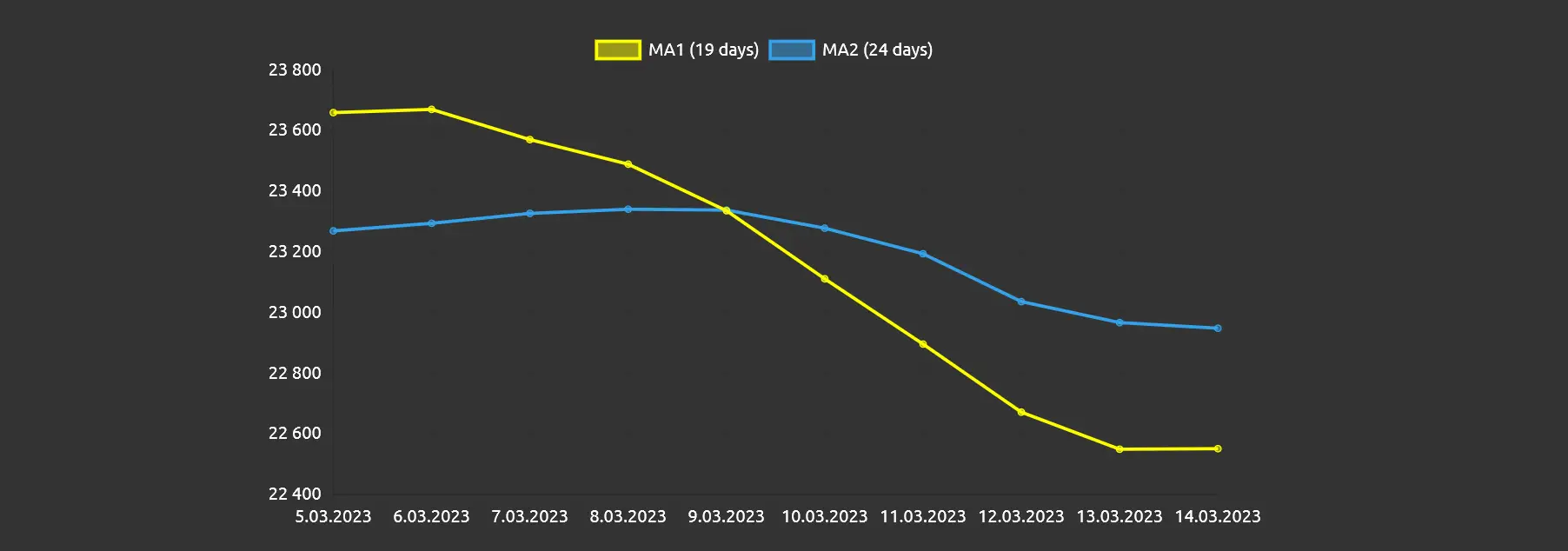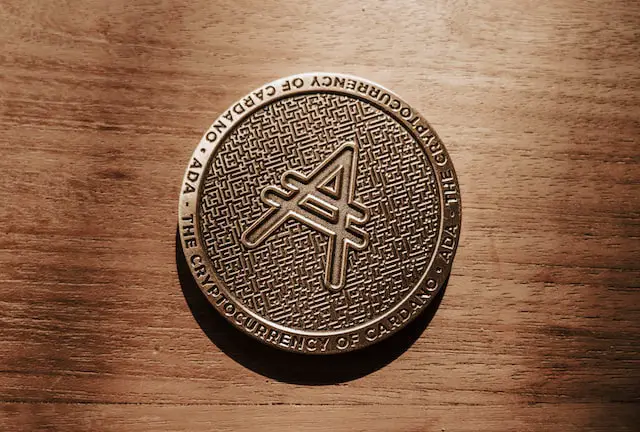
Introduction to Altcoins
Cryptocurrencies have emerged as a popular investment option in recent years, and the trend is likely to continue in the coming years. While Bitcoin and Ethereum have remained the most popular cryptocurrencies, there are several altcoins that have the potential to become game-changers in the cryptocurrency market. In this post, we'll take a look at the top 5 altcoins to watch in 2023.
Cardano (ADA)
Cardano is a third-generation blockchain platform that aims to provide a more secure and scalable environment for decentralized applications (dApps) and smart contracts. The platform is powered by ADA, its native cryptocurrency, which is currently the sixth-largest cryptocurrency by market cap. Cardano was developed by Input Output Hong Kong (IOHK) in 2015. It is named after the Italian polymath and mathematician Gerolamo Cardano and aims to provide a more secure, scalable, and sustainable blockchain ecosystem than its predecessors. Cardano uses a proof-of-stake consensus algorithm called Ouroboros, which is designed to be more energy-efficient than the proof-of-work algorithms used by other blockchains.
Polkadot (DOT)
Polkadot is a next-generation blockchain platform that aims to provide interoperability between different blockchains. It allows for the transfer of data and assets between different blockchain networks, making it a powerful tool for building decentralized applications. Polkadot is powered by DOT, its native cryptocurrency, which has seen significant growth in the past year. It was created by Gavin Wood, one of the co-founders of Ethereum, and was launched in 2020. Polkadot uses a unique architecture that allows multiple blockchains to operate in parallel, connected by a central relay chain. This enables different blockchain networks to communicate with each other, share data, and exchange assets, creating a more efficient and decentralized system. Polkadot also uses a proof-of-stake consensus mechanism, which is designed to be more energy-efficient than proof-of-work algorithms used by other blockchains.
Chainlink (LINK)
Chainlink is a decentralized oracle network that connects smart contracts to real-world data. It allows developers to access off-chain data in a secure and reliable manner, making it a popular tool for building decentralized applications. Chainlink is powered by LINK, its native cryptocurrency, which has seen significant growth in the past year. Smart contracts are self-executing programs that run on the blockchain and are used to automate a wide range of processes. However, in order to execute certain actions, they often require data that is external to the blockchain, such as the current price of a stock or the result of a sports game. Chainlink provides a secure and reliable way for smart contracts to access this external data by connecting them to off-chain sources through a network of nodes. These nodes are incentivized to provide accurate data through the use of LINK tokens, the native cryptocurrency of the Chainlink platform. Chainlink's technology has garnered a lot of attention and partnerships with companies such as Google, Oracle, and SWIFT, making it one of the leading oracle solutions in the blockchain industry.
Solana (SOL)
Solana is a high-speed blockchain platform that aims to provide fast and cheap transactions. It uses a unique consensus algorithm, called Proof of History, which allows for fast and efficient consensus on the network. Solana is powered by SOL, its native cryptocurrency, which has seen significant growth in the past year. It aims to provide a fast and scalable blockchain ecosystem for decentralized applications (dApps) and decentralized finance (DeFi) projects. Solana uses a unique consensus algorithm called Proof of History (PoH), which allows for extremely fast block times of up to 65,000 transactions per second (TPS) while still maintaining high levels of security and decentralization. Additionally, Solana's technology stack includes other innovative features such as a smart contract programming language called Rust, and the ability to support multiple programming languages for dApps development. Solana's technology has garnered a lot of attention from the crypto community, with several high-profile projects and partnerships, such as Serum, Mango Markets, and FTX, choosing to build on its platform.
Avalanche (AVAX)
Avalanche is a next-generation blockchain platform that aims to provide high throughput and low latency. It uses a consensus algorithm called Avalanche, which is designed to provide fast and efficient consensus on the network. Avalanche is powered by AVAX, its native cryptocurrency, which has seen significant growth in the past year. t aims to provide a fast, secure, and highly scalable blockchain ecosystem for decentralized applications (dApps) and enterprise-level solutions. Avalanche uses a consensus algorithm called Avalanche-X, which allows for near-instant finality and high throughput of up to 4,500 transactions per second (TPS). Additionally, Avalanche is designed to support multiple virtual machines, making it compatible with a wide range of programming languages and smart contract platforms. This flexibility makes it easier for developers to build dApps and blockchain-based solutions on the platform. Avalanche also includes its own cryptocurrency, AVAX, which can be used for transactions and as a store of value. Overall, Avalanche's innovative technology and developer-friendly ecosystem have made it a popular choice for building blockchain applications in a variety of industries, including finance, gaming, and social media.
Conclusion
In conclusion, while Bitcoin and Ethereum are likely to remain dominant players in the cryptocurrency market, there are several altcoins that have the potential to become game-changers in the coming years. Cardano, Polkadot, Chainlink, Solana, and Avalanche are five altcoins that investors should keep an eye on in 2023. As always, it's important to do your own research and make informed investment decisions based on your own risk tolerance and investment goals.
Resources
- https://coincodex.com/article/1550/10-promising-cryptocurrencies-to-watch-in-q2-2023/
- https://cardano.org/
- https://polkadot.network/
- https://chain.link/
- https://solana.com/
Author
- click on the author to see more information.
